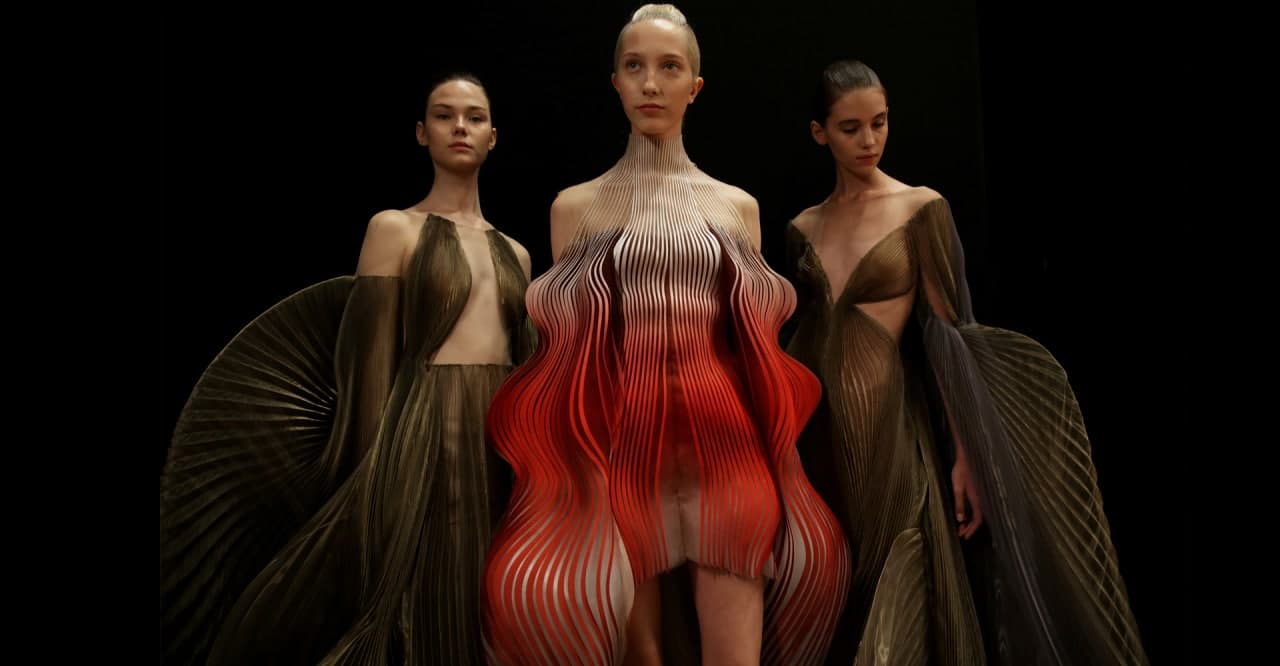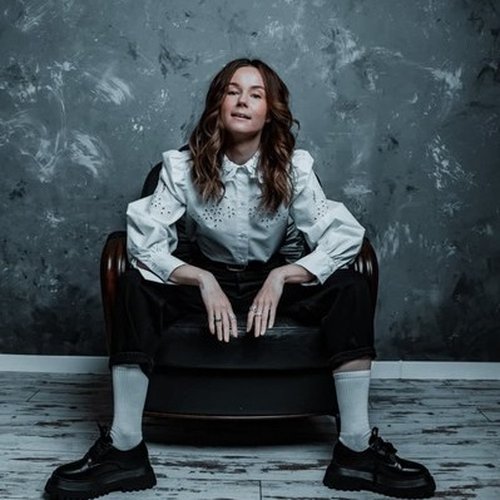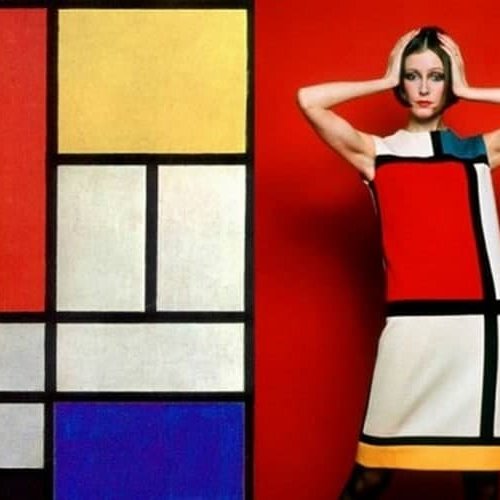Natalija Bataraga. Ekskluzīva intervija ArtAlea galerijai
Today we present to your attention an exclusive interview of art critic Nataliya Bataraga for the ArtAlea Gallery, where Nataliya is the main speaker of a specialized lecture hall on art.
Before becoming a professional art critic, Nataliya worked for many years in the banking system and is a professional economist. Therefore, Nataliya Bataraga's opinion about contemporary art is especially valuable, since she can judge both the artistic quality of works of art and its economic and financial value.
- Nataliya, you have a very interesting biography. You worked for 9 years in the banking sector, but then resigned from a managerial position, went to study art history. How did you understand that you want to connect your life with art and what in this area so hooked you that you took such a bold step?
"Once in the Louvre, I was surprised by the fact that crowds of spectators are standing at the Mona Lisa, but no one pays attention to another brilliant painting by Leonardo"
- I have always loved art, I have always liked art spaces and their atmosphere. All my trips, for the most part, are mandatory visits to museums or a certain exhibition. When I didn't have a professional education in this field yet, I had a list of paintings that I definitely need to see in the original. I am convinced that all works of art should be viewed only in the original. The list is only being updated every year, despite the fact that a lot has already been deleted from it. Every year I have compiled and am compiling a list of significant exhibitions that I definitely need to visit.
Once in the Louvre, I was surprised by the fact that crowds of spectators are standing at the Mona Lisa, but no one pays attention to another brilliant painting by Leonardo And it seems to me that it was at this moment that I decided to go to study art history. Initially, I did not plan to connect my life with this, it was just an attempt to structure my knowledge, stay in a certain atmosphere, listen to outstanding teachers. The fact is that I have a constant mad craving for knowledge. Since the first grade, I have not had a period that I did not study at any university, I am a nerd!
I worked in a bank, studied in the evenings, six days a week for three years, and when it came time to write a diploma, I had to choose: either a diploma or a job, because I chose a very difficult topic, at the intersection of psychology and art " Hallucinatory imagery in the work of Yayoi Kusama. Few people knew about this artist in Russia, despite the fact that the Garage showed her exhibition. And the choice was made in favor of art, and now we can say that I quit my job from a managerial position to write a diploma.

Yayoi Kusama
I don't know how bold this step is. I live by such principles - "it is better to try than to regret later", "it is better to do what you love than to do what does not bring you pleasure" (approx. although I loved my work, I just realized at some point that this is not something I want to associate my future life with). You just need to come to this, try it, and if you know for sure that it's yours, then everything will definitely work out. There is no need to be afraid, you need to do it, otherwise life will turn into eternal suffering and dissatisfaction, because you are not in your place.
- Can we say that modern art influences the fashion world? And how significant is this influence, in your opinion?
"Even such conservative museums as the Louvre open their doors and cooperate with the mass market"
- If we look at it globally, I would say that classical art has more influence on fashion, but nevertheless, modern art also has an influence. And we are seeing now that a huge number of artists are collaborating with fashion houses. Currently, the boundaries between the museum, the artist and fashion are being erased. Fashion houses attract managers from art institutions. Museums, even such conservative ones as the Louvre, open their doors and cooperate not only with fashion giants, but also with the mass market (I'm talking about Uniqlo now). Or the Pushkin Museum makes projects with designers. We observe how fashion houses organize art institutions - the Prada Foundation, Fondation d'entreprise Hermes, the Louis Vuitton Foundation and many others. Or art and fashion interact at contemporary art fairs - fashion houses prepare collections and art projects for this event. That is, there is cooperation on all fronts.
- How important is the degree of participation of the artist in collaborations with the fashion house? For example, Saint Laurent independently used the work of the Dutch abstract artist Mondrian to implement his creative ideas.

Saint Laurent. Collection "Mondrian"
- It cannot be said that Saint Laurent and Mondrian are a collaboration, because the former independently, without the participation of the artist, used the work to implement his idea. This is such a reflection, a creative act using "Composition with red, yellow and blue". If we recall the famous union of Elsa Schiaparelli and Salvador Dali, who specially drew a lobster for her evening dress made of organza, or the artist suggested the designer of a phone bag, a hat-shoes, then here we are talking about a "collaboration".
Today, when there is a collaboration between a fashion house and an artist, it is no longer something unique. And the degree of participation in the project is equivalent for two parties: artists expand their audience, brands show the buyer that they are not just about clothes.
- What is the fundamental difference between the Leonardo da Vinci print on a T-shirt, and, for example, the Dior autumn-winter — 2021 men's collection with the participation of the artist Peter Doig?
By and large, there is no fundamental difference if we are talking only about the way to show art in fashion. And there and there is a print on the clothes. It's just that in the case of DIOR, Peter Doig was also engaged in the design of the site, and not just the design of things, and the principle is the same: the artist took his works and transferred some of the images to clothes for DIOR.
- Can a fashion collection be an art statement?
"He managed to fit a whole theatrical performance with allusions, metaphors and deep meaning into the show"
- Absolutely!!! It is enough to recall the brilliant works and shows of Alexander McQueen. He managed to fit a whole theatrical performance with allusions, metaphors and deep meaning into the show. Or the legendary Lee Bowery, whose works, by the way, were quoted by Rick Owens and Alexander McQueen. Or when Virgil Abloh showed the Off-White men's collection at Pitti Uomo in 2017 and staged a grand show together with Jenny Holzer. For the show, she projected lines from poems written by Anna Svirshchinskaya during the Warsaw Uprising on the back of the podium, next to texts by writers with Eastern roots, including an American of Syrian origin. This is a great example of how fashion can react to the state of society in which it exists.

Virgil Abloh
- Who is the target audience of fashion collections created jointly with contemporary artists? Can we say that these are the same people who willingly purchase works of art?
- I wouldn't say that exactly. These can be people who purchase works of art and buyers who do not collect. This is such an opportunity to purchase a unique thing, a limited edition, buying it to touch the beautiful and get into your wardrobe not just a thing, but something more.
- What is the fundamental difference between a fashionable thing created in collaboration with an artist? And what does the person who acquires it get?
"It seems to me much more interesting to wear author's things. You can not just wear them, but on occasion you can also talk about art, tell about the artist"
- It depends on what kind of fashionable thing, because, for example, things created by IRIS VAN HERPEN are already a "work of art", and when she collaborates with the artist ANTHONY HOWE and incredible kinetic dresses are obtained at the output, these are already "works of art" squared.

Iris van Herpen show. Collaboration with artist Anthony Howe
When Saint Laurent's dresses, in which he quoted Mondrian, appeared on the cover of VOGUE, New York Herald Tribune columnist Jane Tamarin wrote the following: "If you get tired of wearing them, you can hang them on the wall at any time." That's actually the answer. It seems to me that it is much more interesting to wear author's things, you can not just wear them, but on occasion also talk about art, tell about the artist, etc.) Plus, it seems to me that today manual labor is very much appreciated, people are tired of buying just things, they want uniqueness. And fashion houses understand this, which is why today a huge number of brands are striving for collaborations with artists, realizing what an advantage this is.
- What is the benefit of cooperation between artists and designers? How are they really useful to each other?
"In business, the benefit is always the same-it's money"
- In business, the benefit is always the same-it's money. Artists need to show their work to a wider public, and fashion houses position themselves that they are not just about clothes. This is such an information guide: to attract brand customers to the art and show a new artist. Designers thus increase the value of their product, try to give a more significant status, formally equating it to the category of high culture.
When you are a young artist and you need to express yourself, expand your audience, try yourself in something new, then a collaboration with a fashion house is a good opportunity to show yourself. It is unlikely that we would ever have heard about Trevor Andrew, who now works for GUCCI.
When you are a world-class artist, for example, like Jeff Koons, Takashi Murakami or Yavi Kusama, then both sides are interested in a commercially promising collaboration. In my opinion, such cooperation should be created when there is a real creative exchange from both sides, because designers can quite exist without artists, as well as artists without designers.
-At what point can the products of the fashion industry (a dress or an accessory) become modern art?
- A complex issue that is constantly being discussed. And to be honest, it is absolutely impossible to answer it briefly. The interaction between clothing and art is very complex. It has always been believed that only when a "thing" gets into a museum institution, it becomes a work of art. On the other hand, when a designer manually finishes a thing with embroidery or applique and it is individual, in principle it can also be considered a work of art. Until some point, it was believed that art is individuality and uniqueness. Andy Warhol showed us that this is not the case.
In the 60s, the concept of "wearable art" (Wearable art) appeared - the creation of a piece of clothing or an accessory that is distinguished by artistic significance. Haute couture fashion, which is created by hand, can be considered as art, but it is not a unique subject, although again Andy convinced us that uniqueness is no longer the main thing. Of course, the fact that fashion exhibitions began to be held in museums undoubtedly contributed to the blurring of the border between art and fashion. Usually, the term "art" refers to a limited number of works of elite culture. Fashion, on the contrary, is primarily perceived as an industry (even when there is clearly an element of creativity in it) and an integral part of everyday life. Therefore, it is difficult to answer this question unequivocally, this topic deserves a more expanded and detailed discourse.
Getting acquainted with the world of art through the prism of the opinions of such major experts as Nataliya Bataraga, you begin to realize how deeply art has penetrated into our daily life. What used to be elitist and inaccessible, both in the visual arts and in fashion, is now gaining mass character and becoming accessible to a wider range of people. Today, a unique dress may turn out to be a work of art worthy of being exhibited in a museum at an exhibition. The main thing is that creativity is present in everything, as an integral mechanism of human existence.




